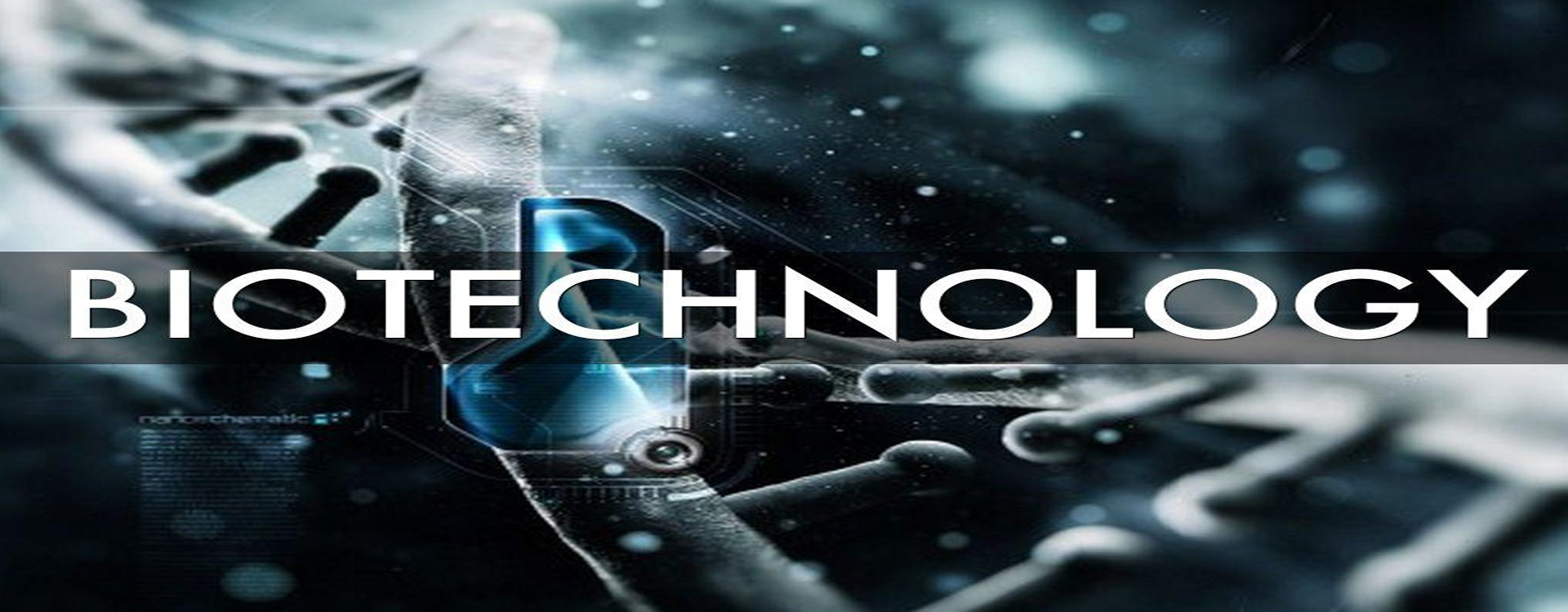Seminar Details
Here, we have investigated different metal oxide and graphene oxide-based modified nanostructured materials for environmental remediation. In the 1st part, a silica sand-supported composite of nano zinc oxide and graphene oxide (nZnO-GO@SS) was developed for photocatalytic dye degradation under sunlight. It achieved a degradation efficiency of 95.3% and 97.5% for methylene blue (MB) and rhodamine-B (Rh-B), respectively. The nZnO-GO@SS also showed improved recyclability and complete antibacterial activity against E. coli and S. aureus. This composite offers an efficient, cost-effective solution for industrial wastewater treatment. In the 2nd part, a ternary nanocomposite of nano zinc oxide, graphene oxide, and fly ash-derived zeolite-X (nZnO/GO/ZL-X) was further developed for the application of heavy metal removal from contaminated water. Results revealed high adsorption capacities with 362.31 mg/g for Pb2+, 242.68 mg/g for Cr6+, and 158.74 mg/g for Cd2+ in aqueous solution. The adsorption followed the Langmuir model and pseudo-second-order reaction kinetics. The nanocomposite also demonstrated the remarkable efficiency in the presence of co-existing electrolytes and showed promise for reuse, indicating its potential for treating heavy metal pollution. Further, in the 3rd part, we investigated the effectiveness of iron-doped titanium nanoparticles conjugated with graphene oxide and their immobilization on spherical concrete beads (Fe-nTiO2/GO@SCB) as a photo-Fenton catalyst for degrading aquatic azo dyes and phenolic compounds using solar energy. The Fe-nTiO2/GO@SCB showed a degradation efficiency of 97.4% for methylene blue (MB) and also achieved a high degradation efficiency for acridine orange (AO), crystal violet (CV), and 4-nitrophenol (4NP). It also reduced the chemical oxygen demand (COD) of artificial aqueous sludge by 82.7%. The catalyst showed excellent stability, maintaining over 90% efficiency after fifteen cycles of reuse. In 4th part, we have fabricated Mn, Fe co-doped TiO2 nanoparticles conjugated with GO and their immobilization onto the silica sand surface (MF-nTiO2-GO@SS) for the photo-Fenton-based degradation of chlorpyrifos (CPS) pesticide with a remarkable degradation efficiency of 99.3 % under sunlight within 1 h. It was also shown to be highly effective for the photodegradation of Rh-B, and CR dye. Hence, our prepared nanostructured materials demonstrated affordable multiple strategies for environmental remediation, such as the removal of heavy metal ions and the photocatalytic degradation of toxic textile dyes from aquatic environments.



